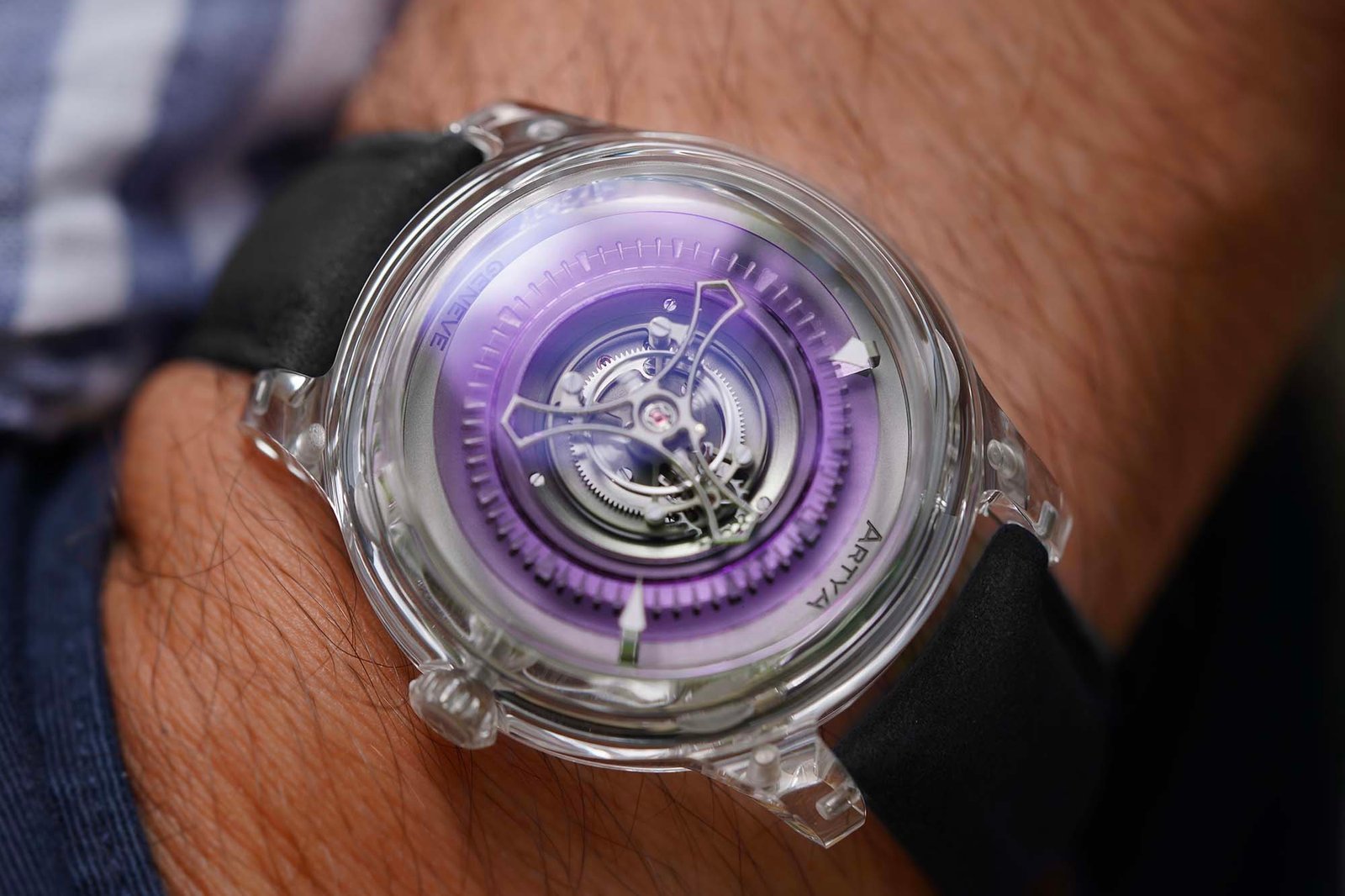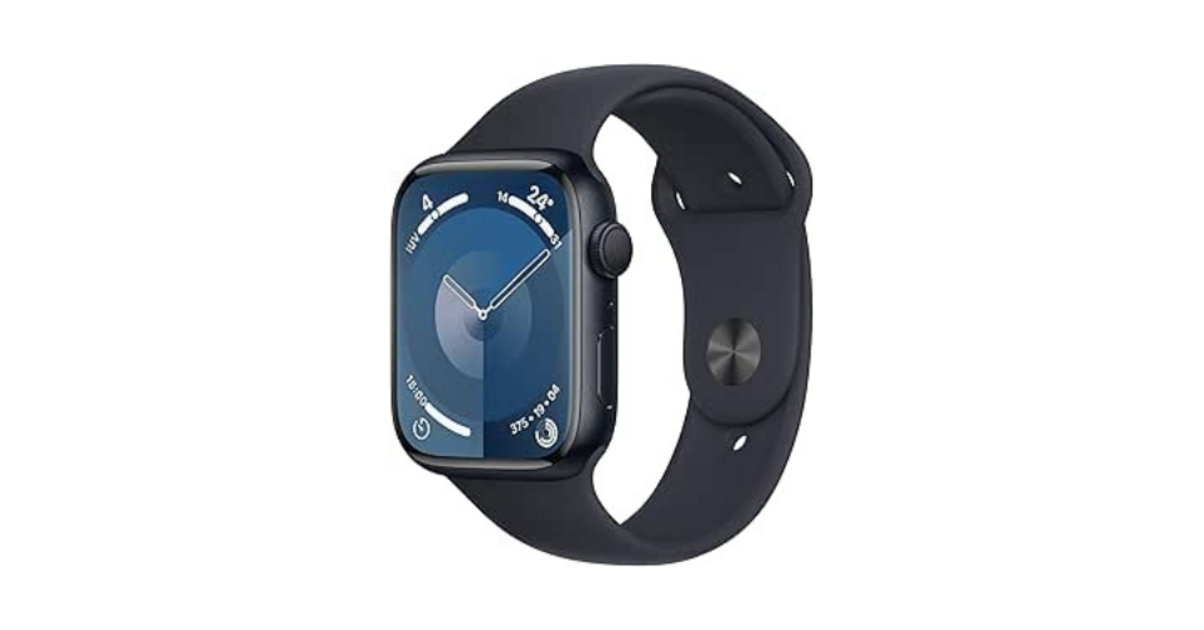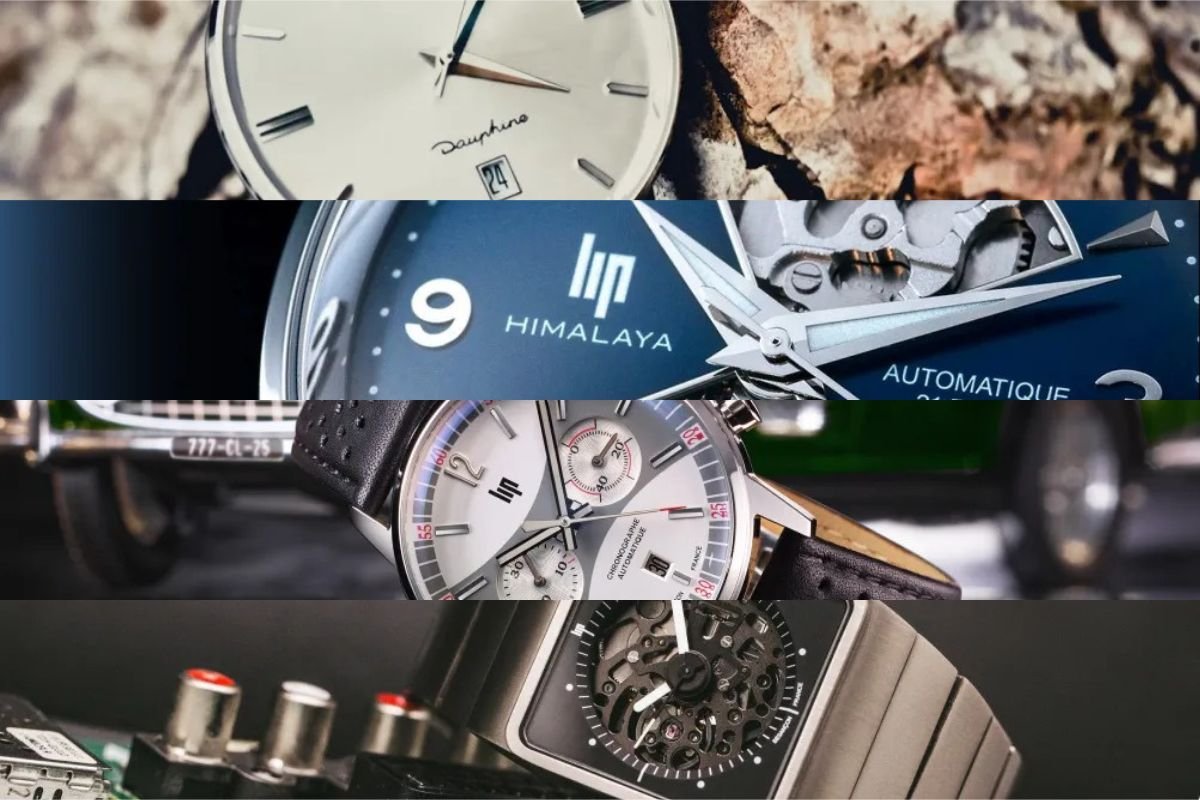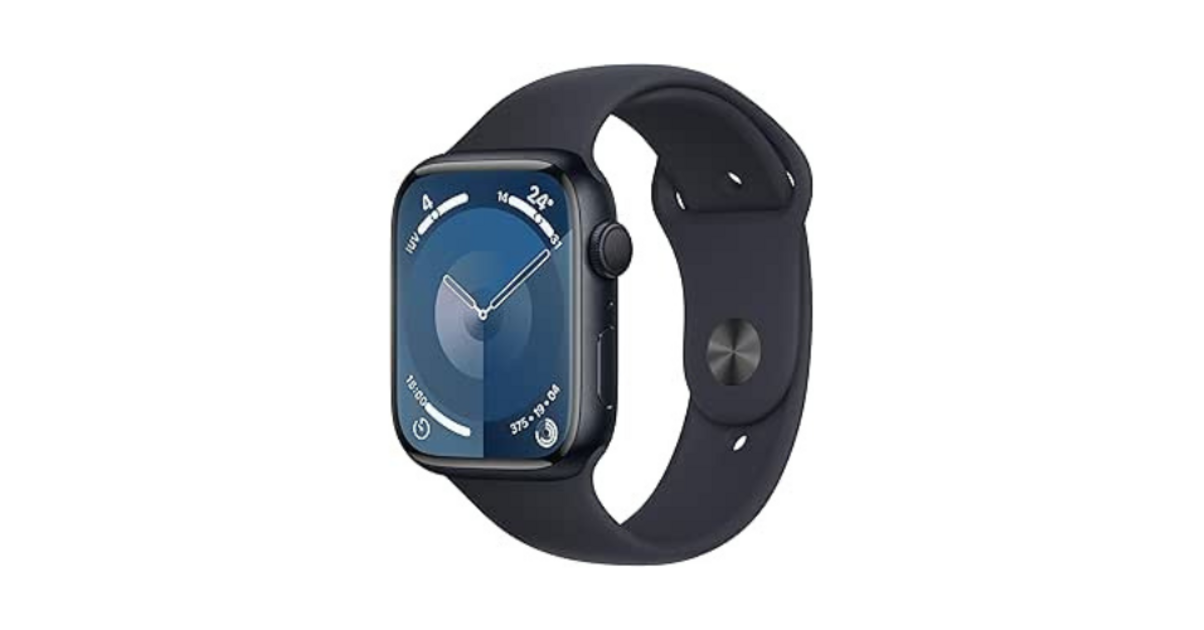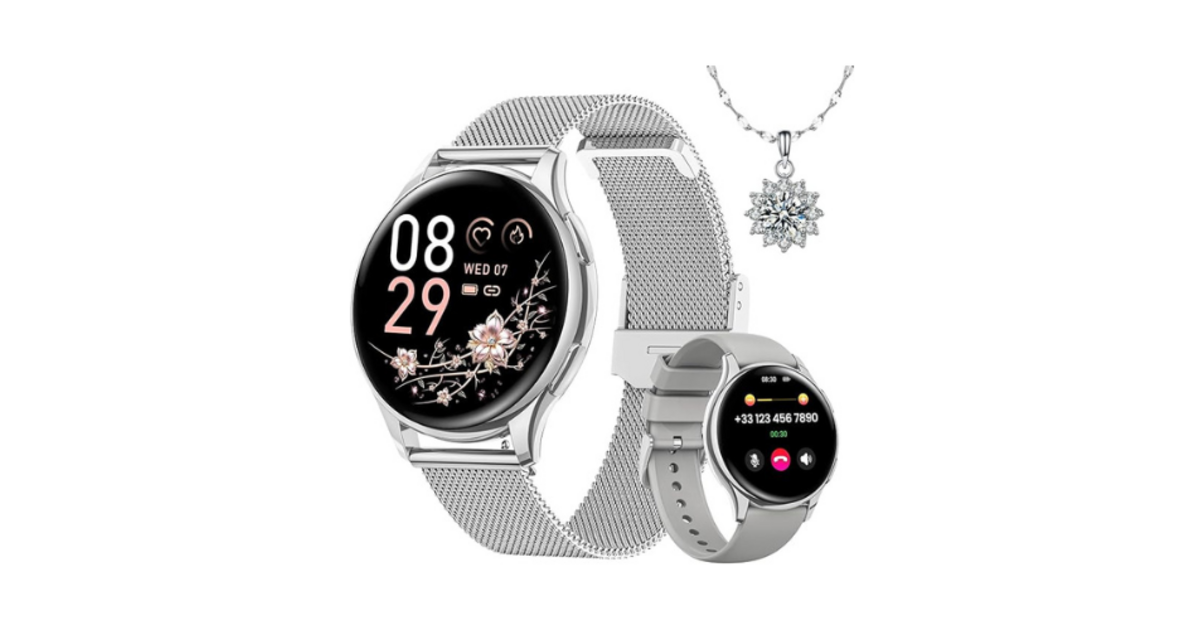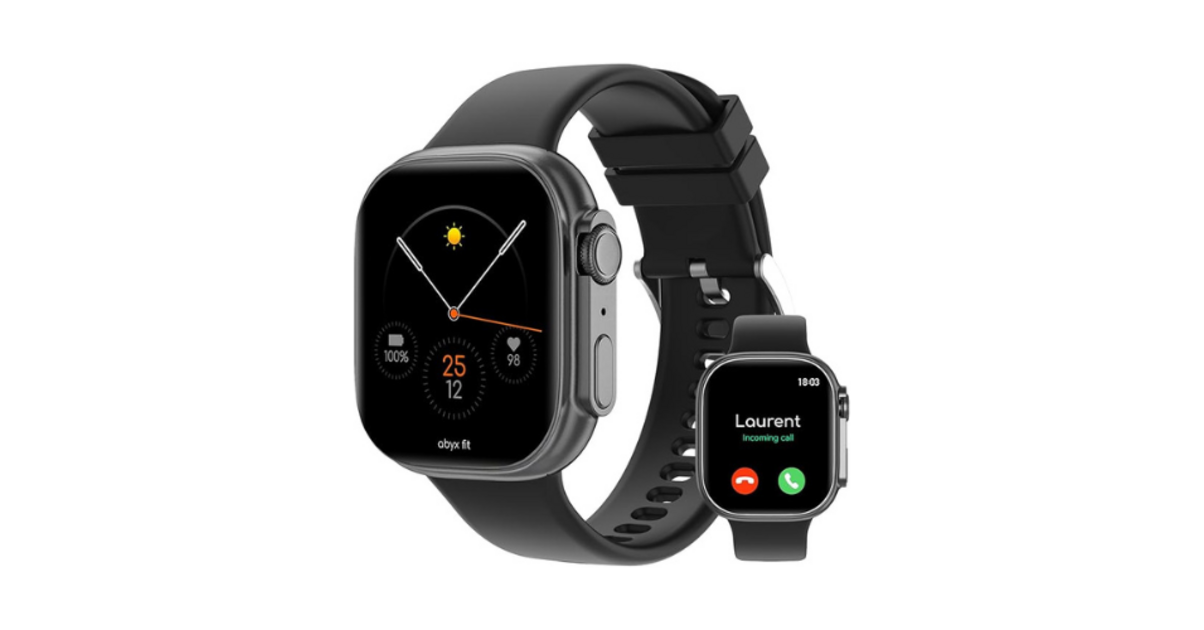Table of Contents
Watches, those everyday objects that tell us the time with precision, are often much more complex than they seem. Beyond aesthetics, there is a whole ingenious mechanism hidden behind these small hands that turn on the dial. In this guide, we invite you to discover how watch hands work and what their role is.
The anatomy of a watch
Before diving into the heart of the matter, let’s take a quick look at the different elements that make up a watch:
- The box : this is the metal part that contains the movement, the dial and the hands.
- The dial : it is the surface on which the hours, minutes and seconds are displayed, as well as sometimes other indications such as the date.
- Indexes: these are the markers that allow the time to be read (Arabic or Roman numerals, sticks, etc.).
- The needles : they indicate the hours, minutes and seconds by moving across the dial.
- The crown : it allows you to set the time and date, but also to manually wind the watch if necessary.
- The bracelet : it is generally made of leather, steel or fabric and allows the watch to be held on the wrist.
The role of hands in a watch
The main function of the hands of a watch is to indicate the passage of time. To do this, they move at different speeds on the dial, guided by a precise mechanism called movement.
Hour hand
The hour hand is the shortest and widest of the three main hands. It performs a complete revolution of the dial in 12 hours. So, each time she passes over an index, it means that an hour has passed.
minute hand
The minute hand is slightly longer and thinner than the hour hand, and it travels around the dial much faster: it completes a full revolution in 60 minutes. Each passage on an index therefore corresponds to an elapsed minute.
Seconds hand
Finally, the seconds hand is generally the thinnest and longest of the three. She completes one revolution of the dial in just 60 seconds, which means she is constantly moving. Each time she passes over an index, a second has passed.
The movement, engine of the hands of a watch
The hands of a watch are driven by the movement, a complex mechanism that allows them to rotate at the right speed to tell the time precisely. There are different types of movements:
Mechanical movement
The mechanical movement is probably the oldest and most widespread. It works thanks to a mainspring which gradually relaxes, driving a series of cogs which transmit energy to the hands. This type of movement must be wound manually or automatically (depending on the model) to maintain spring tension.
Quartz movement
The quartz movement appeared in the 70s and largely contributed to democratizing access to watches for everyone. The main difference with the mechanical movement lies in its source of energy: here, no spring, but a battery which sends electrical impulses to a small quartz crystal. The latter then oscillates at a very precise frequency, allowing the hands to move with precision.
Solar movement
Finally, the solar movement is a variation of the quartz movement that uses solar energy to power the watch. Photovoltaic cells are integrated into the dial and recharge the battery of the watch when it is exposed to light. This technology offers almost unlimited autonomy and avoids the need to replace the battery regularly.
Complications, additional functions for hands
Beyond the time display, some watches are equipped with complications that add additional functionality to the hands:
- The date : a small window on the dial indicates the day of the current month.
- The day : similar to the date, this complication also adds the day of the week.
- The chronograph: this is a time measurement function that allows intervals to be measured using a dedicated hand and a pusher to start, stop and reset the count.
- Moon phase: this complication displays the current phase of the moon on the dial.
- Awakening : some watches have an integrated alarm, activated by a specific hand.
In conclusion, watch hands are much more than just aesthetic elements. They represent a refined and precise mechanism that allows us to follow the passage of time on a daily basis.
So the next time you look at your watch, don’t hesitate to take a few seconds to appreciate the watchmakers’ know-how hidden behind these fine hands.

